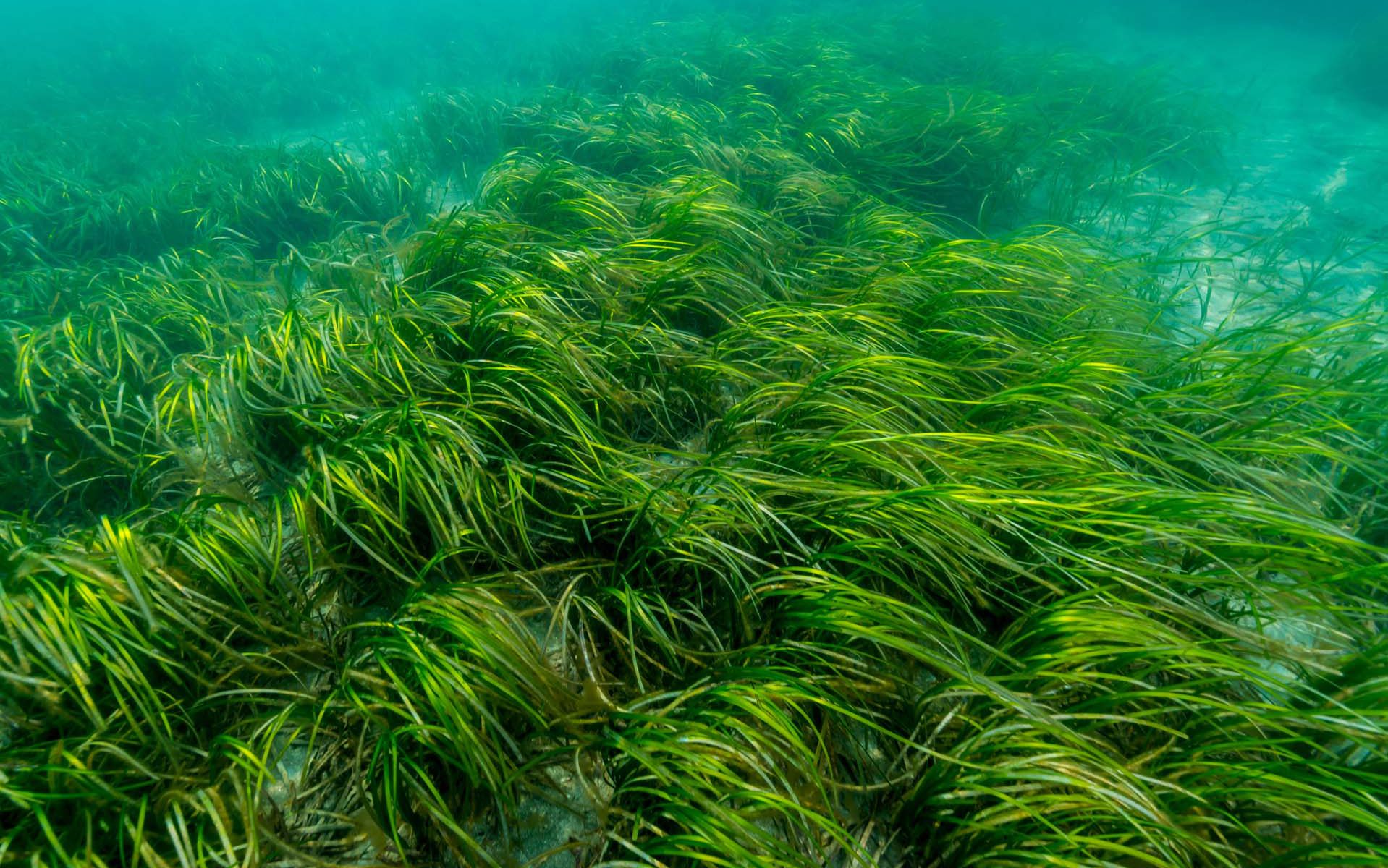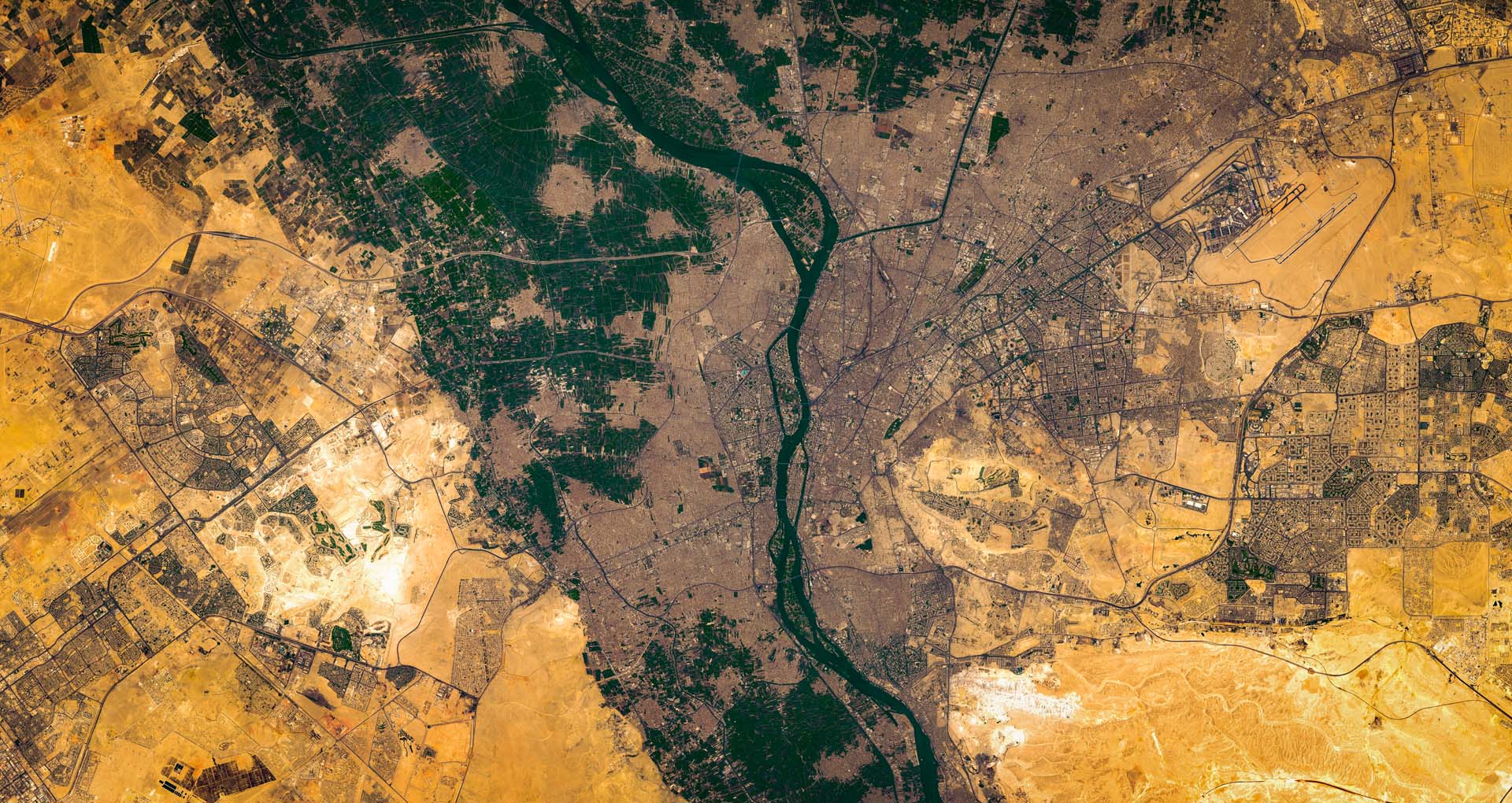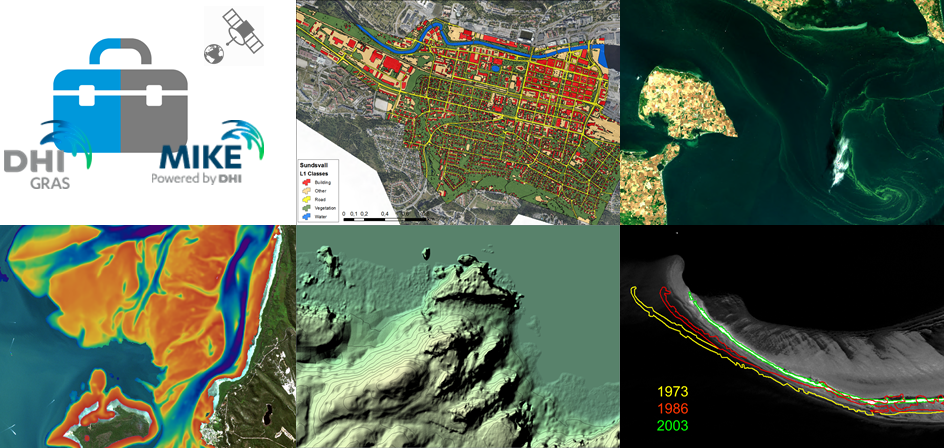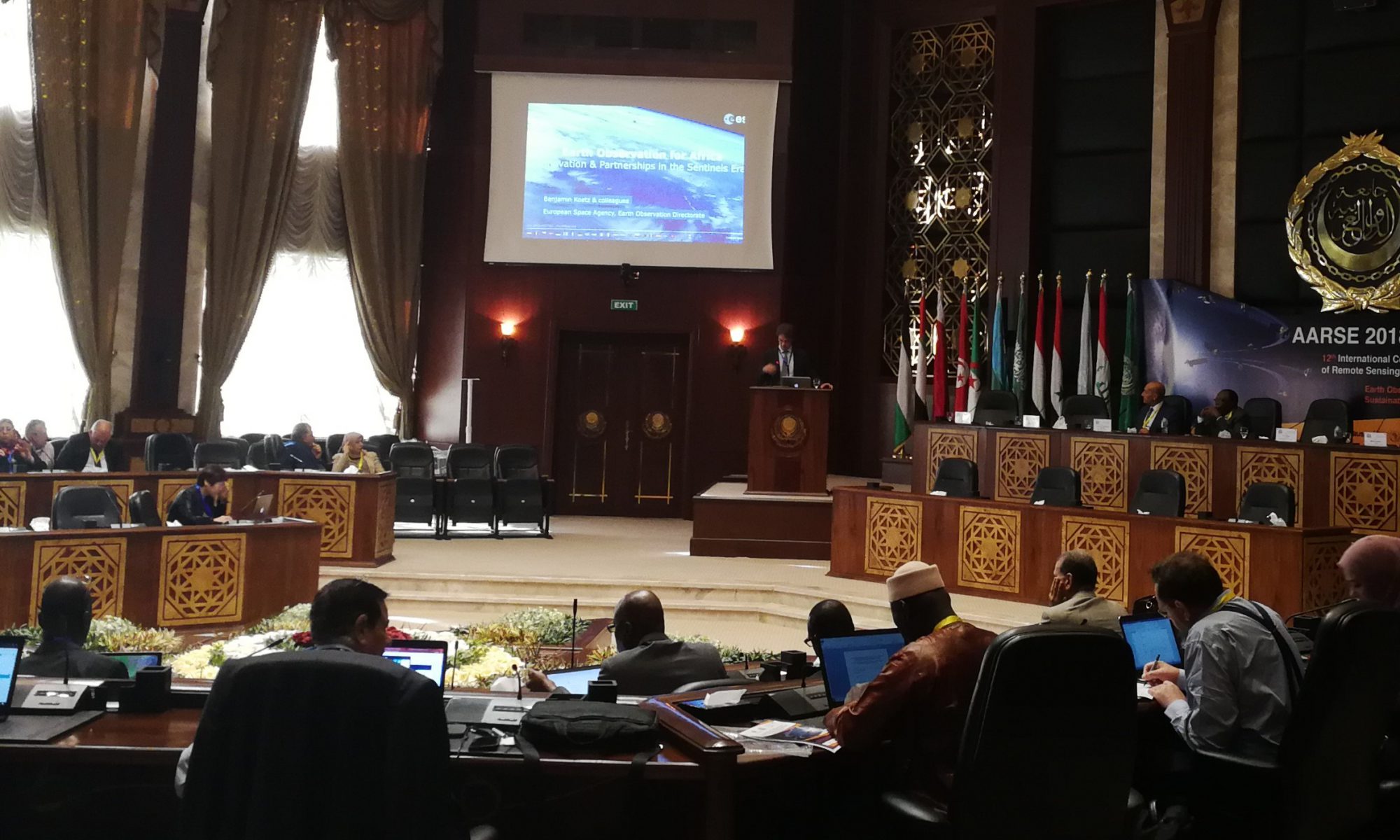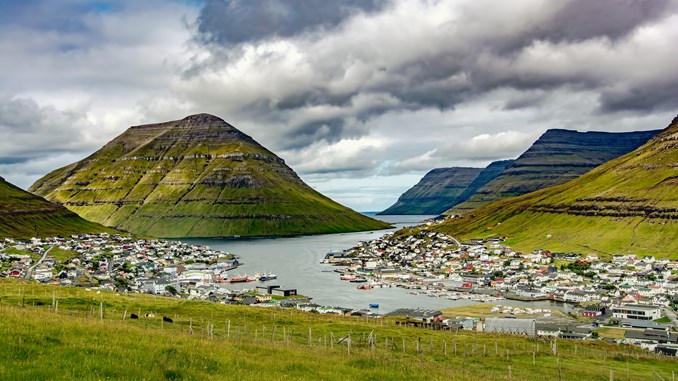Mapping aquatic vegetation in Denmark:
09 January 2019
For the first time, the aquatic environment around the Danish coastline will be mapped using satellite images.
By using satellites, the task is both easier to carry out and gives a better spatial overview.
This will help to strengthen the protection of our coastal water environment.
The project has been made possible thanks to a grant from the VELUX Foundation.
Watch the video below to learn more!
EOatDHI part of the DHI GROUP
gras@dhigroup.com
+45 4516 9100
Agern Alle 5,
2970 Hørsholm,
Denmark
CVR: 36466871

